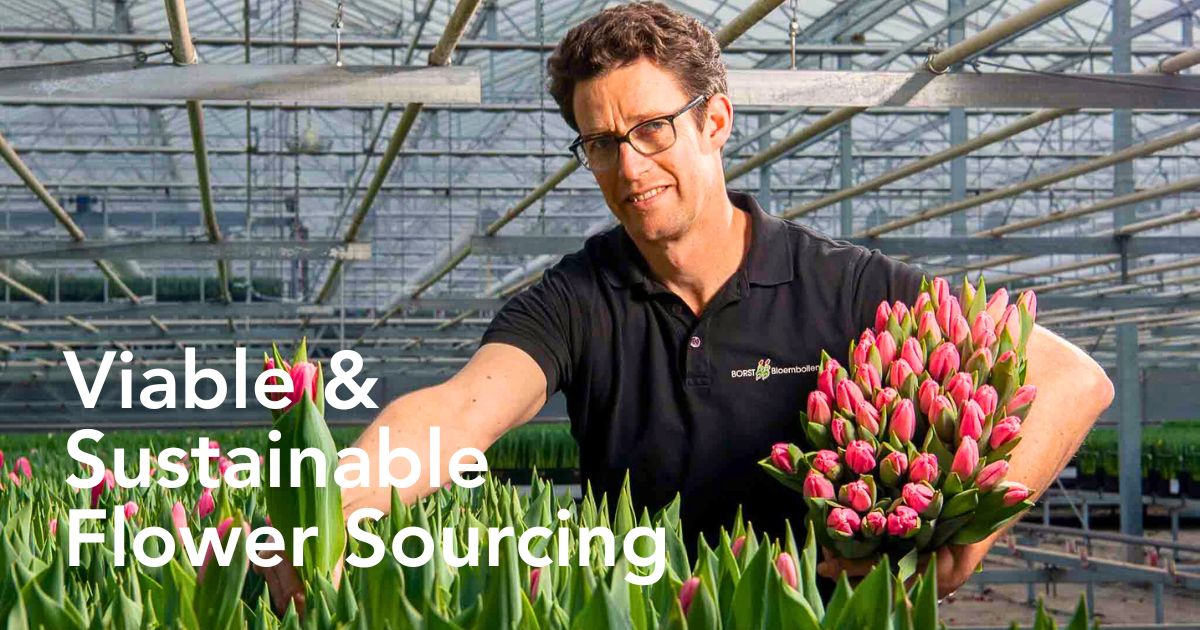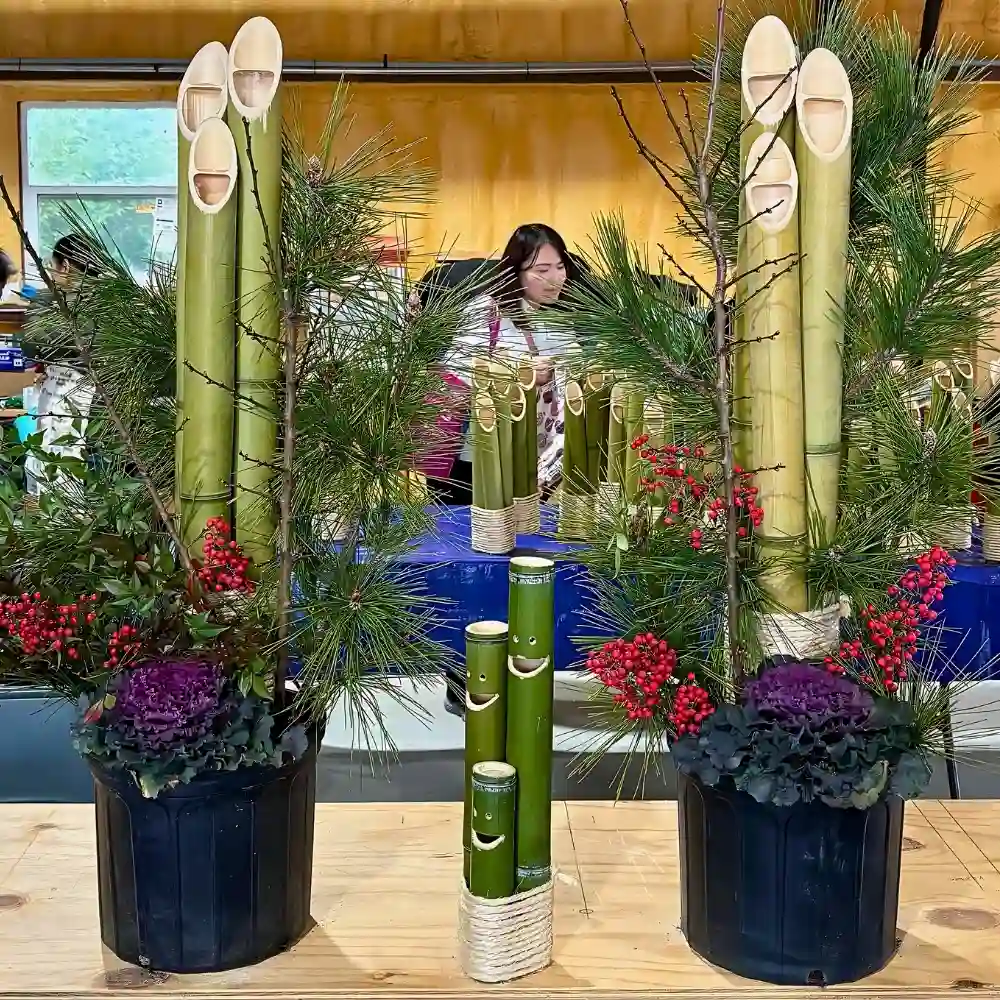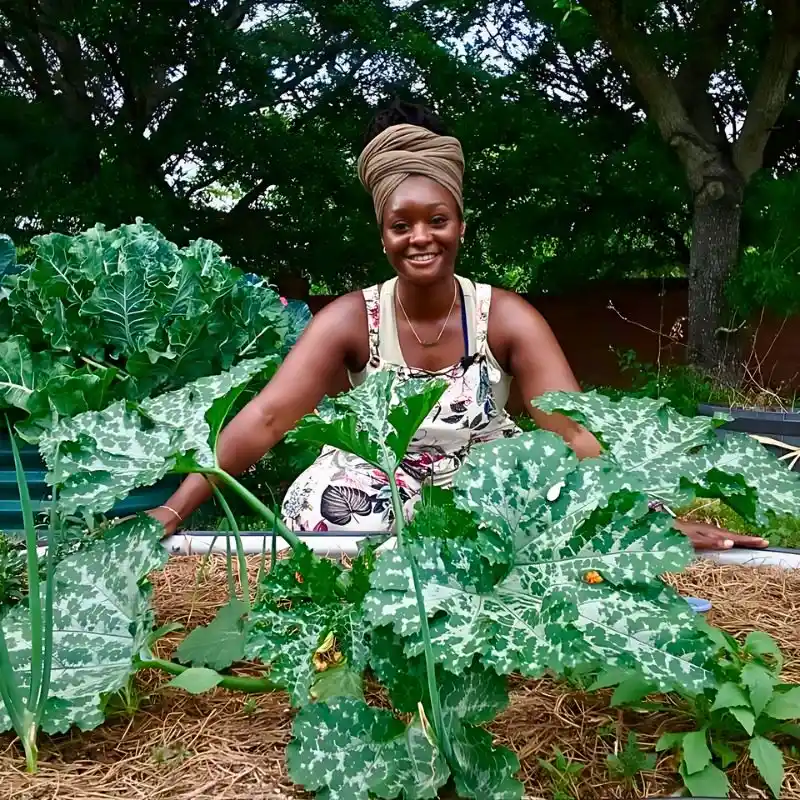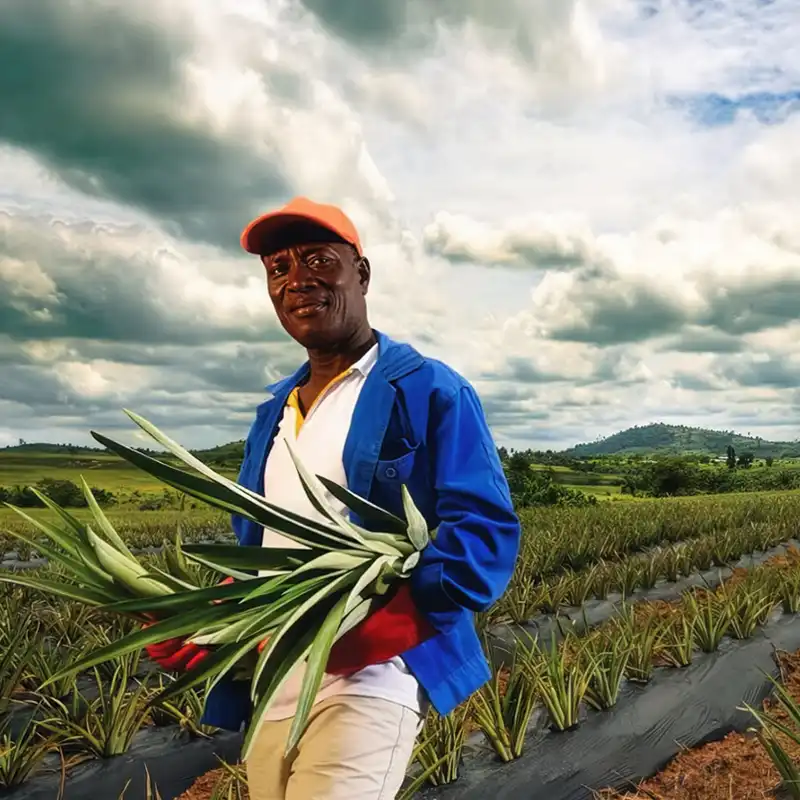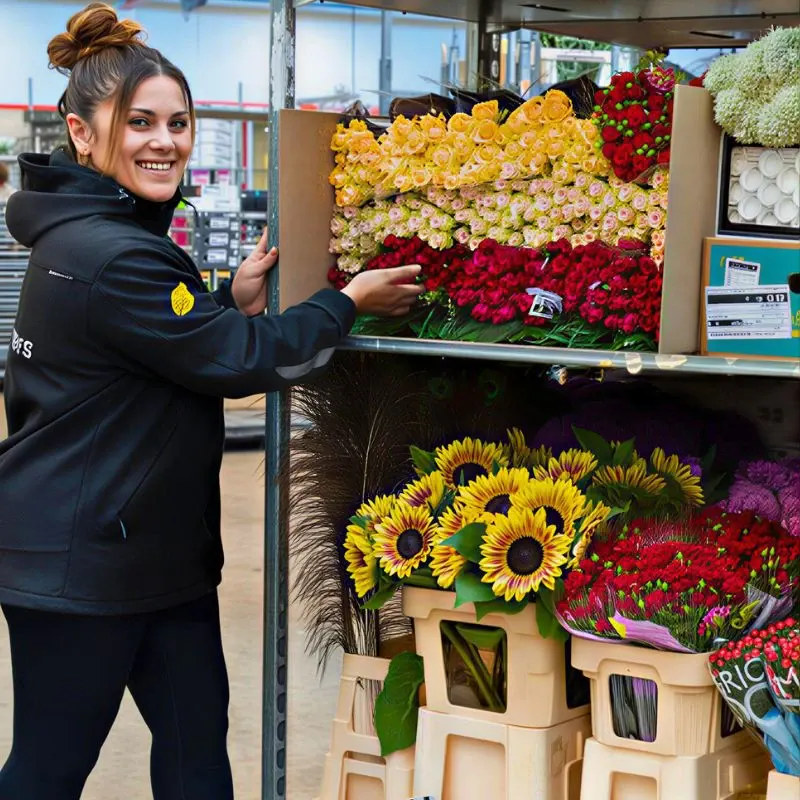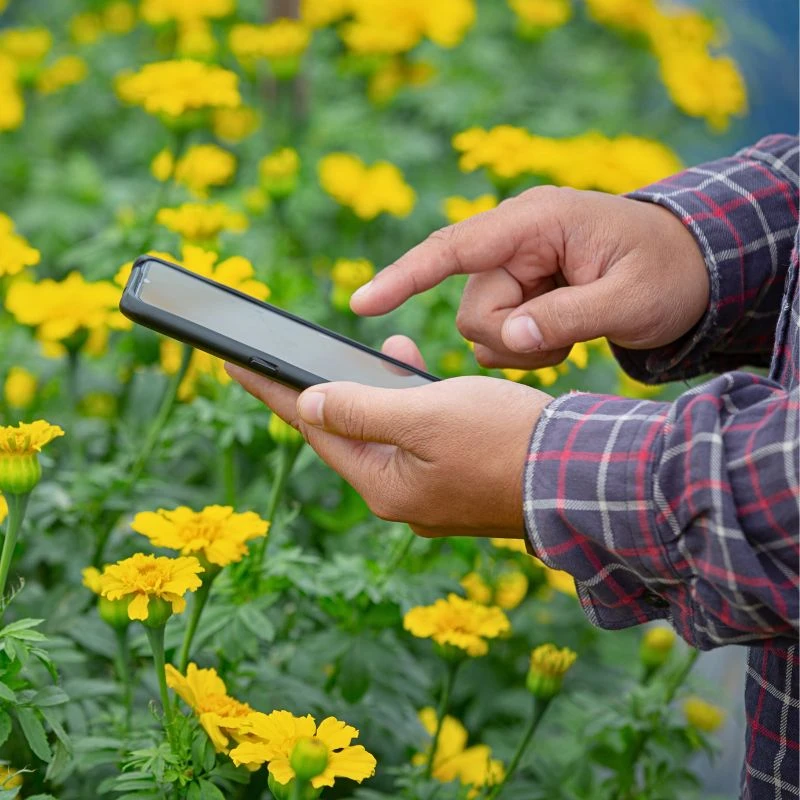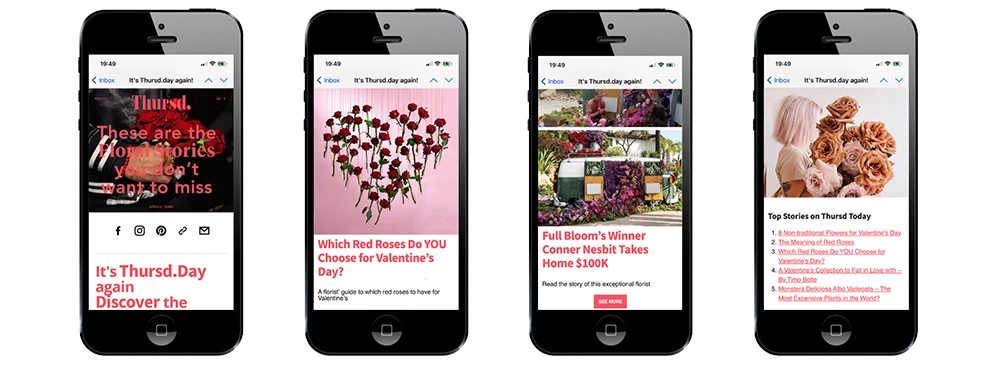In recent years, the floriculture industry has been facing increasing scrutiny over its ecological and social impacts. As consumers become more environmentally conscious, there is a growing demand for sustainable practices throughout the supply chain because despite the flowers bringing people delight and beauty, the global floriculture industry, responsible for these aesthetics carries a significant environmental and social footprint. Long transportation routes, intensive pesticide use, and even unfair labor practices are just some of the concerns casting a shadow on this otherwise bright sector.
One strategy gaining attention, as a result, is local sourcing flowers, often referred to as ‘farm-to-vase,’ where flowers are obtained directly from nearby growers. In recent years, this growing movement has emerged, advocating for locally sourced flowers as a more sustainable and ethical alternative. It is more about addressing flower transportation and its impact on carbon emissions, as well as a need to support local economies while promoting fresher products. Indeed, it is an ideal solution. But then again, this approach is not without its weaknesses.
The Case for Local Sourcing Flowers - Is It Ideal?
Locally sourcing flowers refers to the practice of obtaining flowers directly from growers within a specific geographic region, typically close to where they will be sold or used. This approach is vital to the floriculture value chain, encompassing home-grown flower production, processing, marketing, and distribution processes. In essence, local sourcing aims to minimize transportation distances and maximize freshness while supporting local economies.
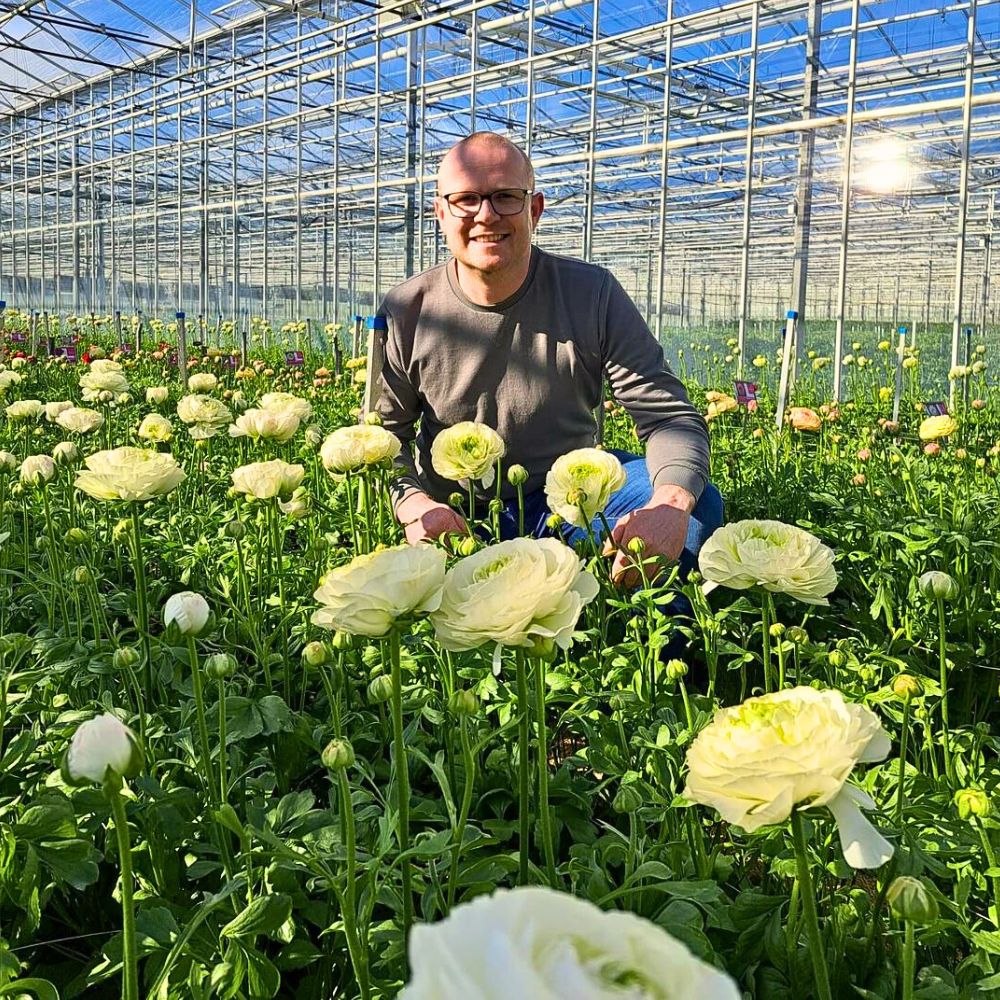
Sourcing flowers locally can be highly beneficial for both environmental sustainability and community development. However, it is essential to consider whether this approach is ideal in all contexts. For starters, the environmental benefits are significant. Local sourcing of flowers means minimizing shipping distances and significantly decreases carbon emissions associated with long-distance travel by air or road. This reduces greenhouse gas emissions and contributes positively to mitigating climate change.
Moreover, since locally sourced flowers travel shorter distances, they require less refrigerated storage time, further decreasing energy consumption. Economically speaking, buying locally supports small-scale farmers and contributes to community development by providing employment opportunities, which helps maintain vibrant rural communities. Even more, locally sourced flowers are typically fresher due to being cut closer to delivery dates. This freshness enhances customer satisfaction while reducing waste from premature degeneration.
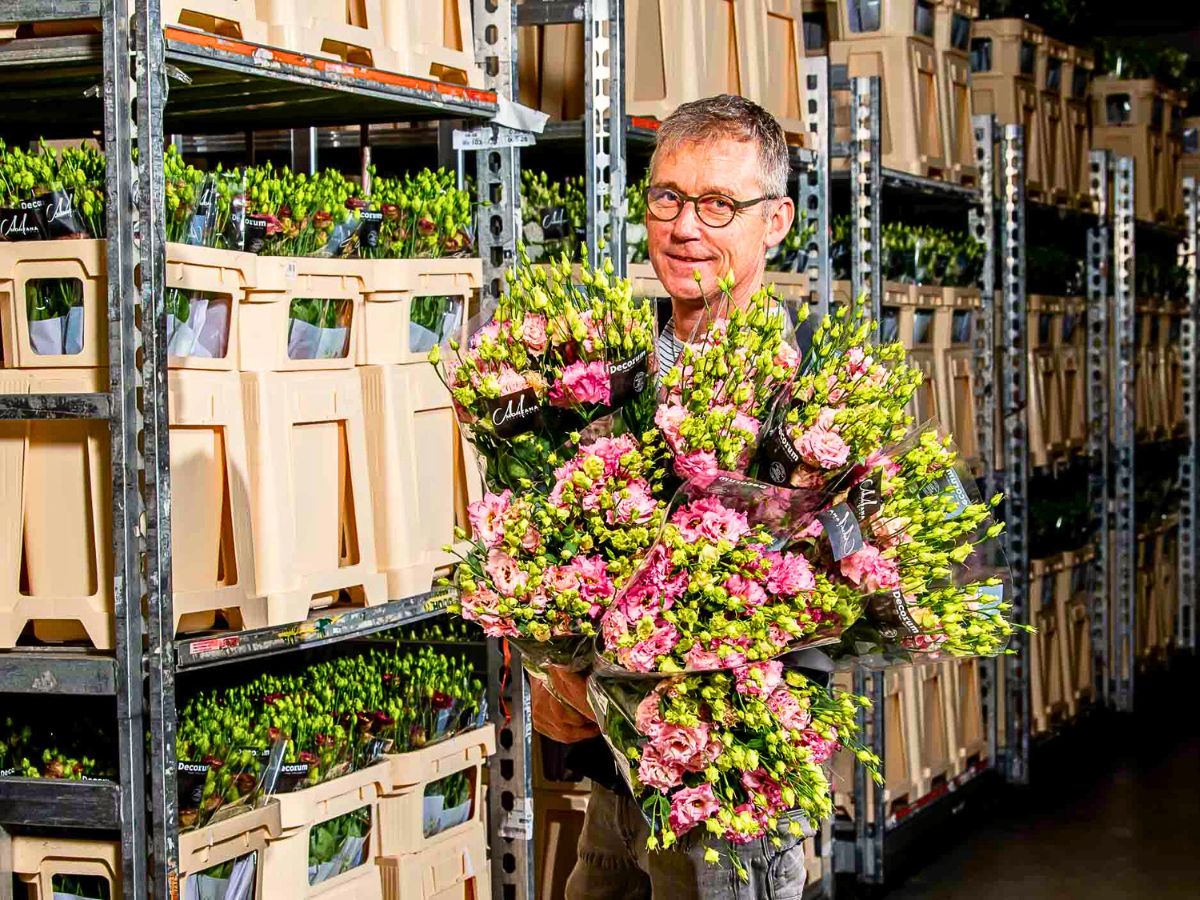
Despite these benefits, there are challenges associated with relying solely on local sourcing: seasonal limitations mean that local flower farms often have seasonal offerings that may not meet year-round demand for specific varieties or colors and scalability issues may arise when regions have limited floral production capacity or during peak demand periods like floral holidays.
The Environmental Argument for Local Sourcing
The environmental benefits of locally sourced flowers are compelling. The most significant impact lies in the reduction of carbon emissions. Globally traded flowers often travel thousands of miles by air or sea, producing substantial greenhouse gas emissions. On the other hand, local sourcing dramatically reduces this ‘food miles’ effect, minimizing transportation-related emissions and contributing to a smaller carbon footprint.
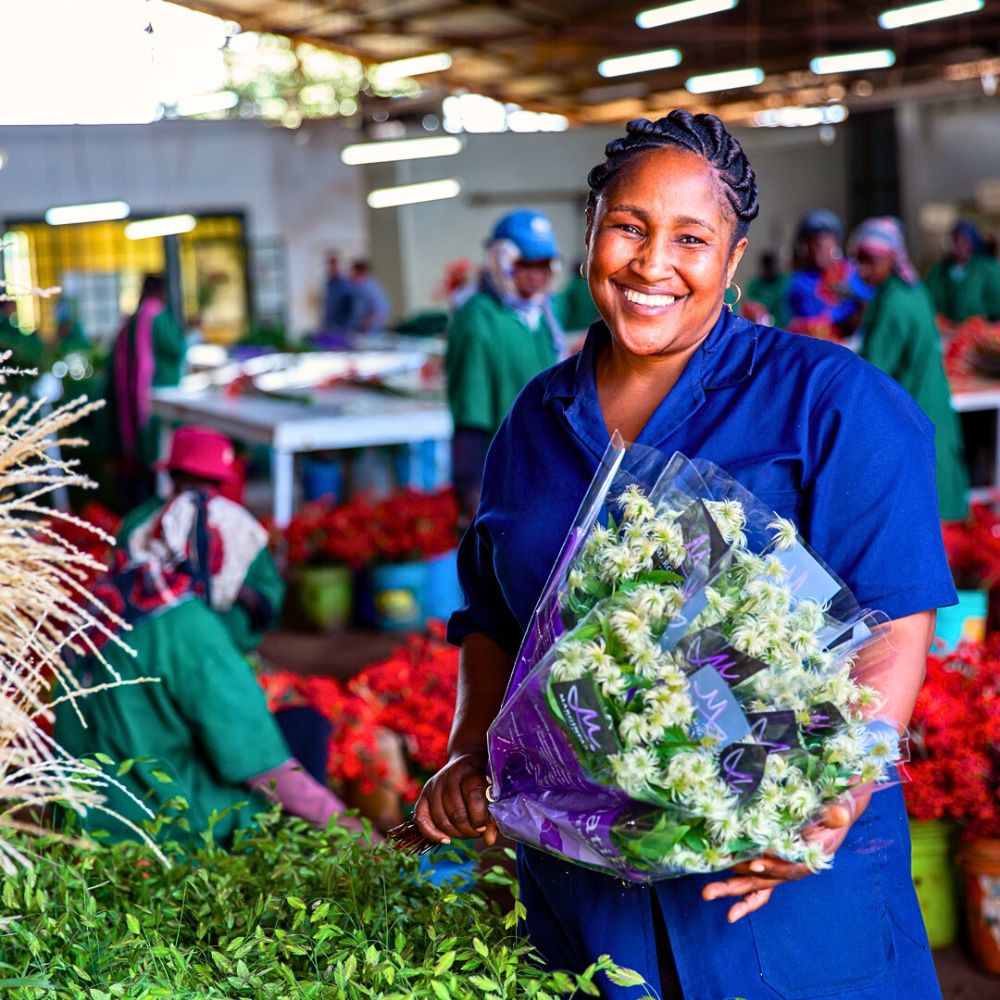
The reduction of carbon emissions through local sourcing is primarily achieved by minimizing transportation-related activities: shorter distances traveled cut down on long-distance transport through air freight or trucking, which quite significantly reduces fuel consumption—and thus greenhouse gas emissions are minimized during transport. Additionally, with shorter transit times comes reduced need for refrigerated storage facilities along the supply chain—a further decrease in energy use that adds up over time.
Furthermore, local sourcing can promote more sustainable farming practices. Local growers are often more attuned to and responsive to community concerns. They may, therefore, be more inclined to adopt environmentally friendly methods, such as reduced pesticide use, water conservation methods, and organic farming practices. Locally grown flowers can also contribute to the preservation of local ecosystems, which means reducing the pressure on fragile environments.
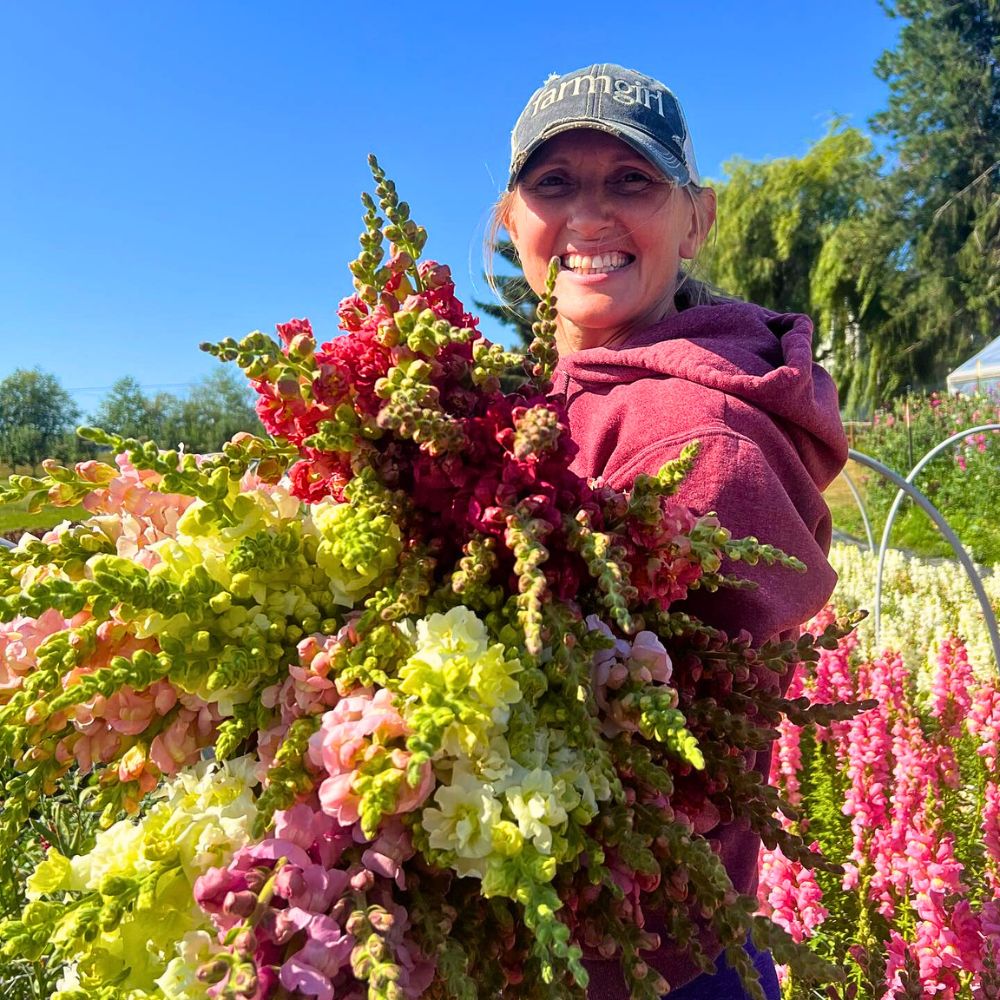
Supporting Local Economies
Additionally, local sourcing offers significant economic benefits. Purchasing locally grown flowers directly supports local farmers and businesses, injecting money back into the community, and sparking economic growth at a grassroots level. This creates jobs and supports local livelihoods. It also strengthens local supply chains, reducing reliance on the sometimes unpredictable global markets and promoting economic resilience within the community.
Still, in the same way, local sourcing promotes the growth of a vibrant and diverse floral industry, encouraging the cultivation of a wide range of flower varieties. This diversity not only enhances the aesthetic appeal of floral arrangements but also ensures a more resilient supply chain. Supporting local growers means florists can access unique and rare flower species, offering their customers a distinctive and sustainable floral experience.
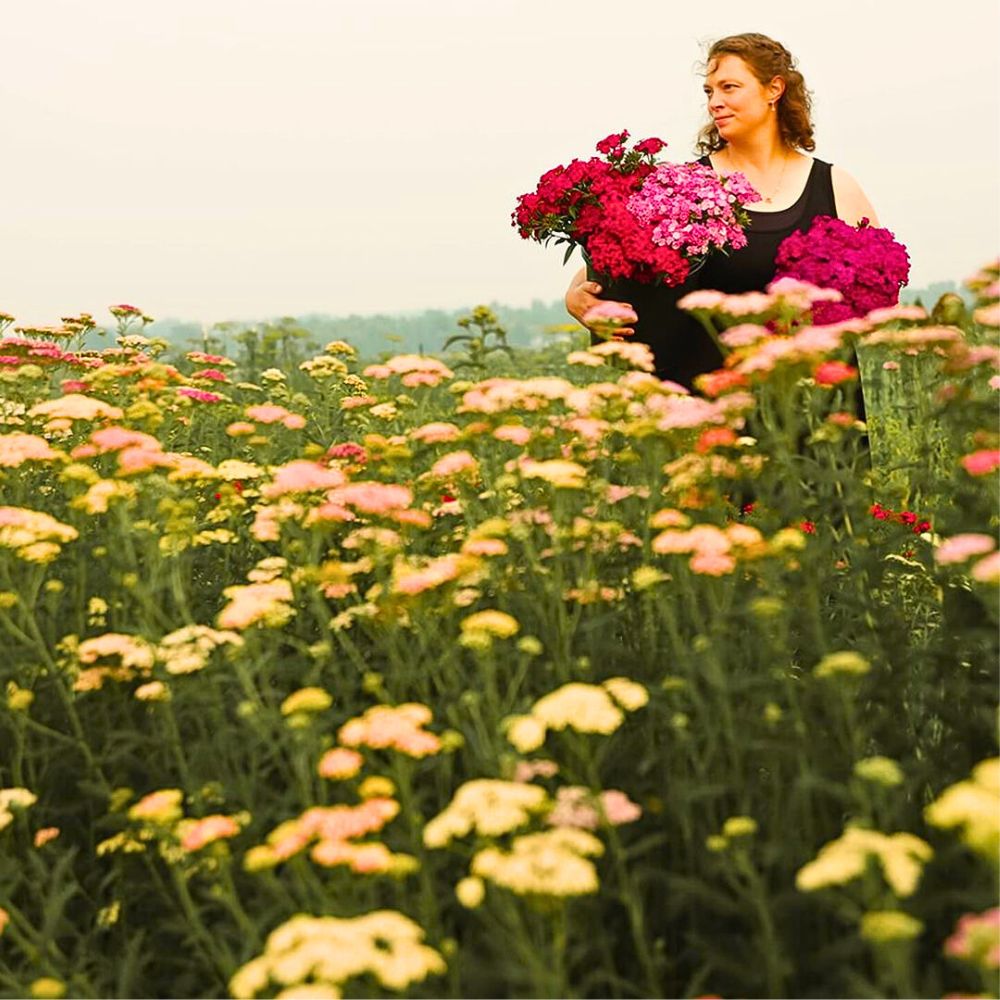
And, in backing the operations involved financially through purchases of products directly or through subscription services, consumers play a role in maintaining these businesses' viability over time—which is especially important given fluctuations characteristic of the sector itself due to largely unpredictable weather patterns and other unanticipated issues affecting yields globally.
Promoting Fresher Products With Longer Vase Life
Locally sourced flowers, in addition, offer greater quality due to their freshness: being harvested nearer the time they are sold means these flowers have more vitality when reaching consumers, and harvesting what is in season ensures arrangements reflect nature’s authentic beauty at different times of the year—quite a unique selling point!
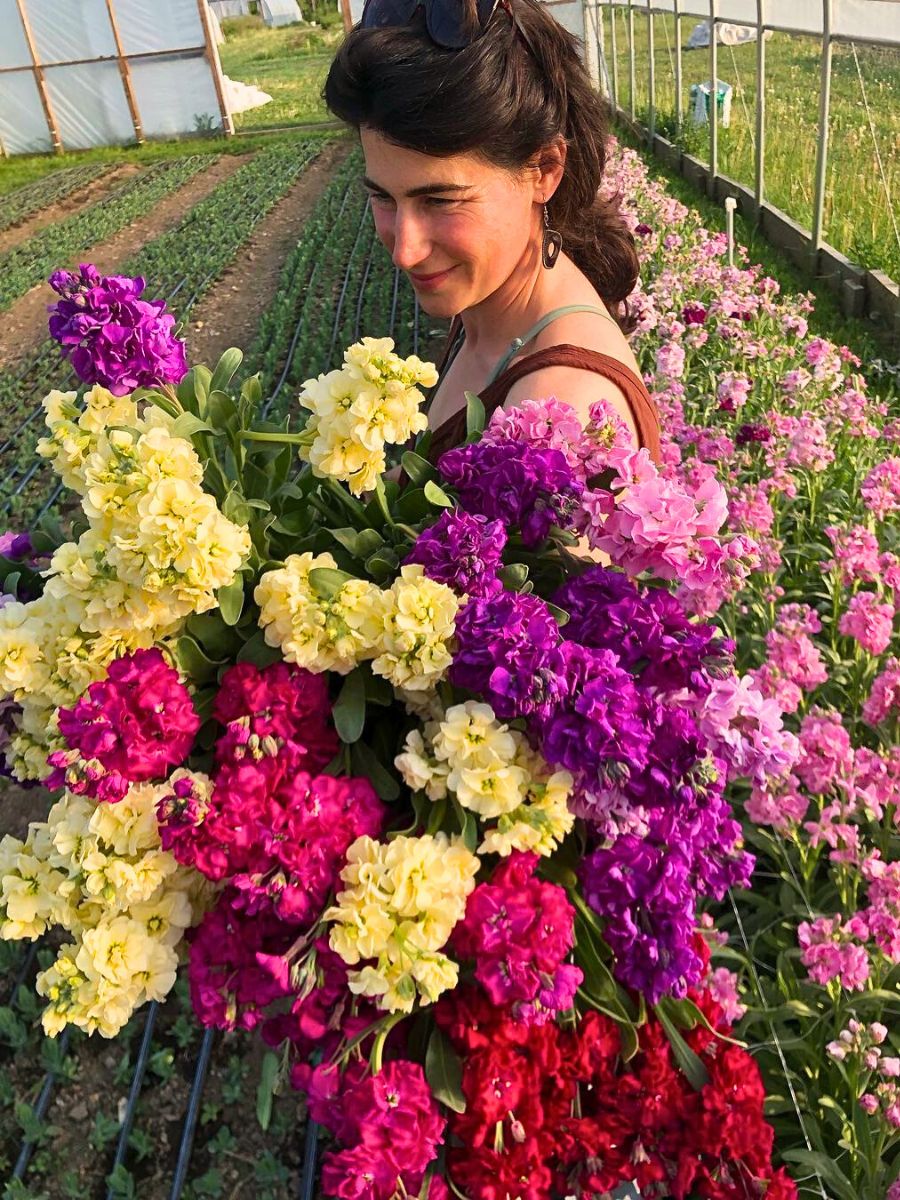
Essentially, when flowers are grown and sourced locally, they often have a shorter time between harvest and sale, a higher quality product is achieved, and the freshly cut flowers from nearby farms are less likely to experience stress during transportation, ensuring they arrive at their destination in ideal condition. This contributes to a more satisfying consumer experience and reduces waste, as fewer flowers wither ahead of their delivery.
But There Could Be Some Drawbacks…
While the benefits of local sourcing are compelling, it is important to acknowledge that there may be challenges it presents. For starters, local production may not be able to meet the demand for certain flower varieties, particularly those requiring specific climates or growing conditions not readily available in the local area. This could lead to a limited selection for consumers, potentially impacting the aesthetic diversity available in the market.
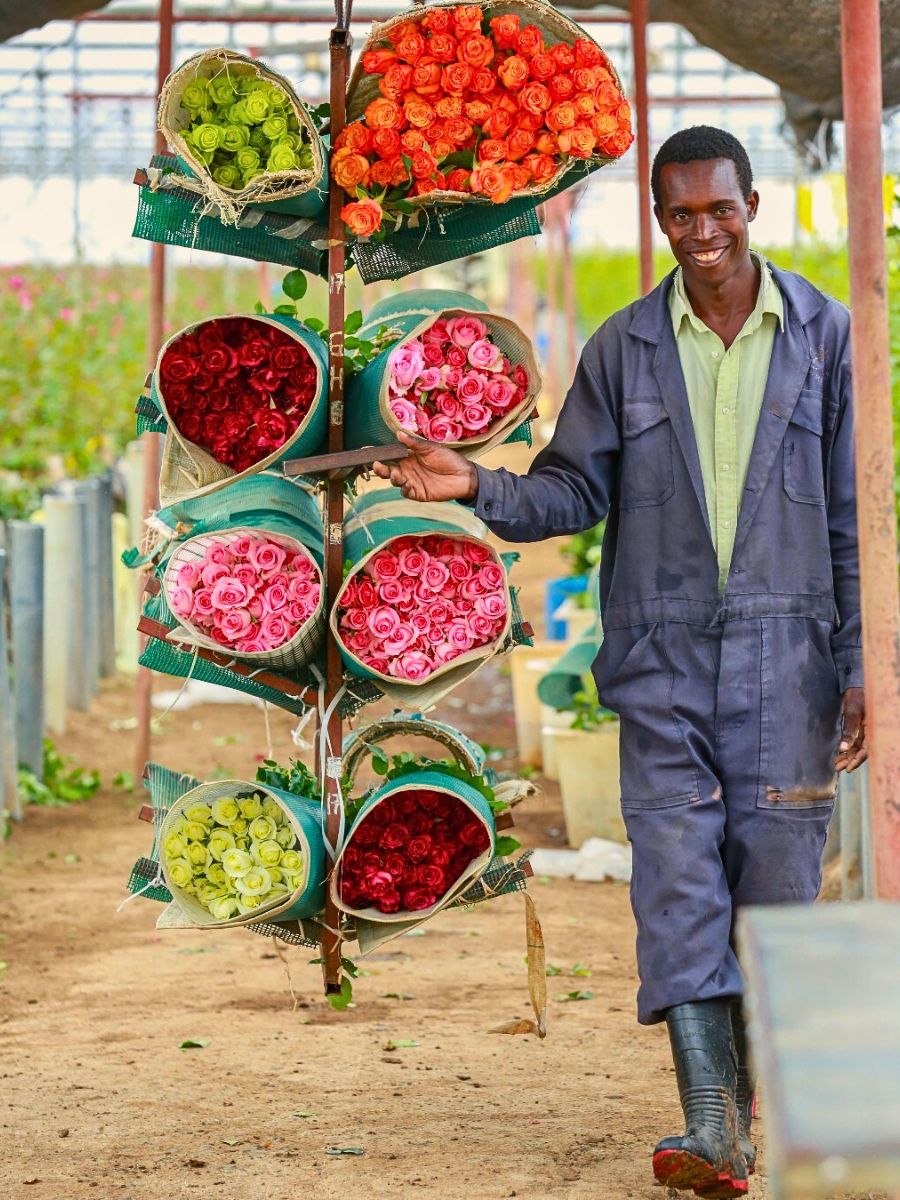
Local growers may also face higher production costs due to smaller-scale operations, limited access to economies of scale, and potentially higher labor costs compared to international producers. This could result in higher prices for consumers, although this should be weighed against the overall value proposition of fresher, longer-lasting flowers, and the environmental and social benefits.
Likewise, there is the issue of volumes required. Many local farms cannot consistently produce and sustain large volumes of a specific variety required, which can limit their ability to supply enough flowers for big events or regular orders. Besides the specific quantity required, another challenge is ensuring a diverse range of varieties throughout the year. Plus, local farms often have seasonal offerings that may not match year-round demand for specific types or colors. This constraint can make it difficult for florists who need consistent access to a wide variety of blooms.
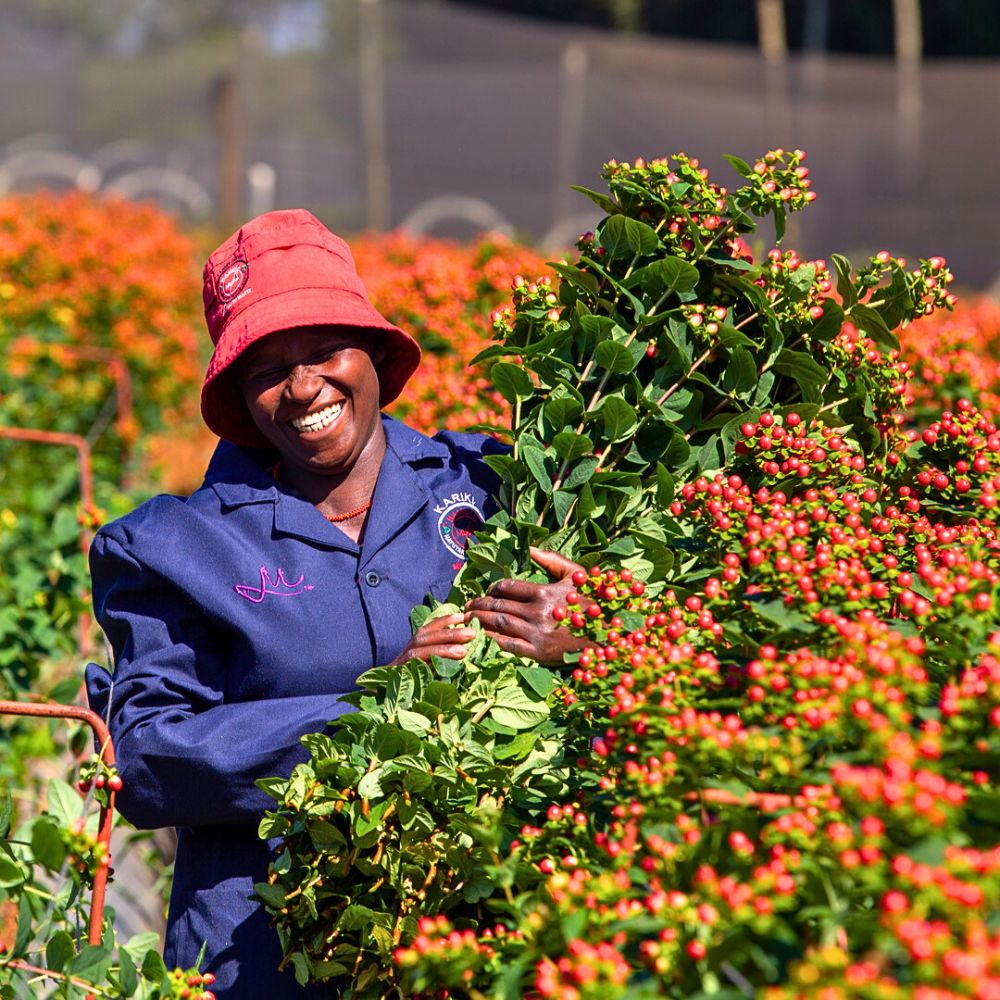
Seasonality and All-Year Availability
There is, also, the challenge of seasonality, and availability. Many locally grown flowers are subject to the natural growing cycles of the region, meaning the availability of specific varieties will vary throughout the year. For instance, while there are countries that, at some point, experience icy conditions that make it difficult to grow flowers under natural conditions there are, on the other hand, countries in which these conditions are hardly an issue; meaning flowers grow naturally out on the fields all year round.
For the former, it necessitates a shift in consumer expectations, moving away from a constant supply of all flower types year-round towards just appreciation of seasonal blooms; which does not quite apply to all consumers, as many prefer specific flowers whether they are in season in their regions or not. Thus, educating these consumers about the seasonal availability of locally grown, in-season flowers is crucial for the success of this approach. Alternatively, a perfect balancing act is effective!
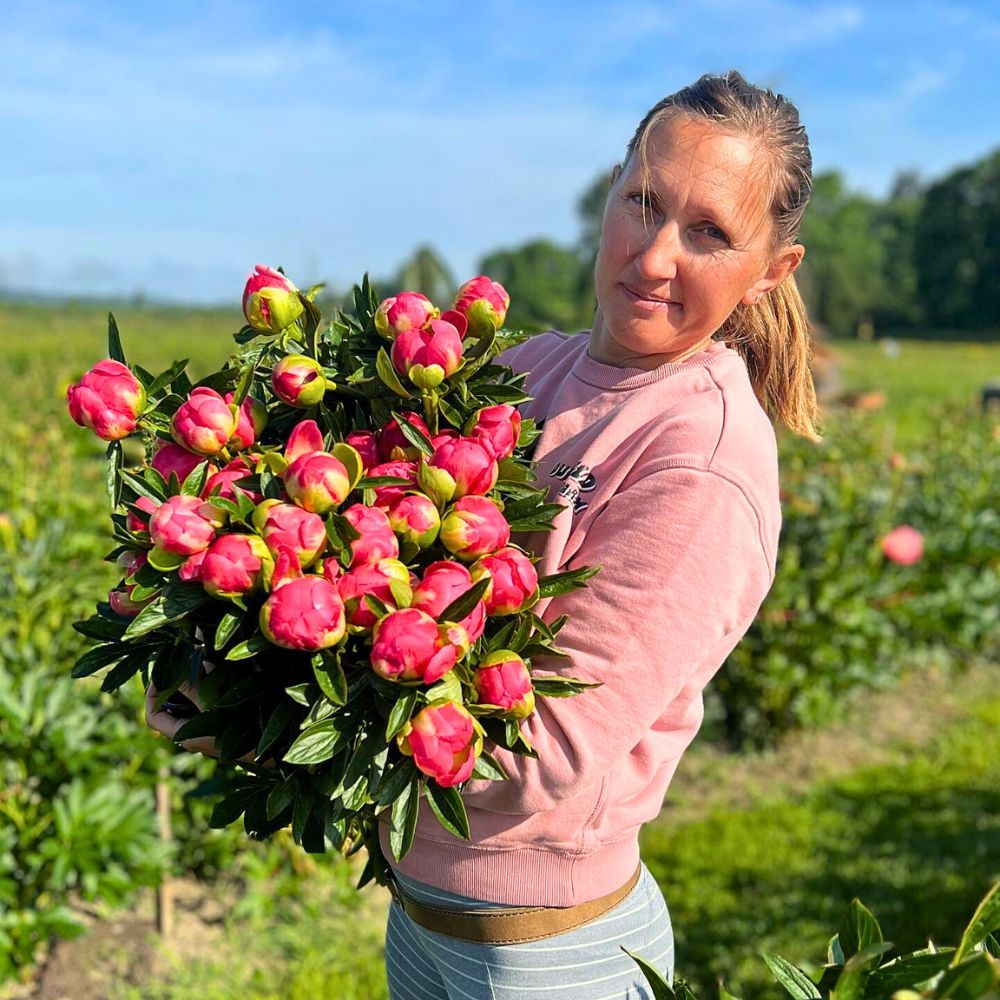
Perhaps a More Balanced Approach Is Feasible?
The ideal approach to sourcing flowers is not a simple ‘either/or’ proposition. A balanced strategy that combines local sourcing with consideration of other global supply chains is likely the most sustainable path to take. This could involve sourcing locally grown flowers for common varieties and events while sourcing specialized or out-of-season flowers, as well as large amounts of blooms from international suppliers committed to ethical and sustainable practices. Ensuring the ideals of floriculture sustainability is, however, key to the effectiveness of this approach. Basically, consumers should be able to understand the origin and production methods of the flowers they purchase, which empowers them to make informed choices.
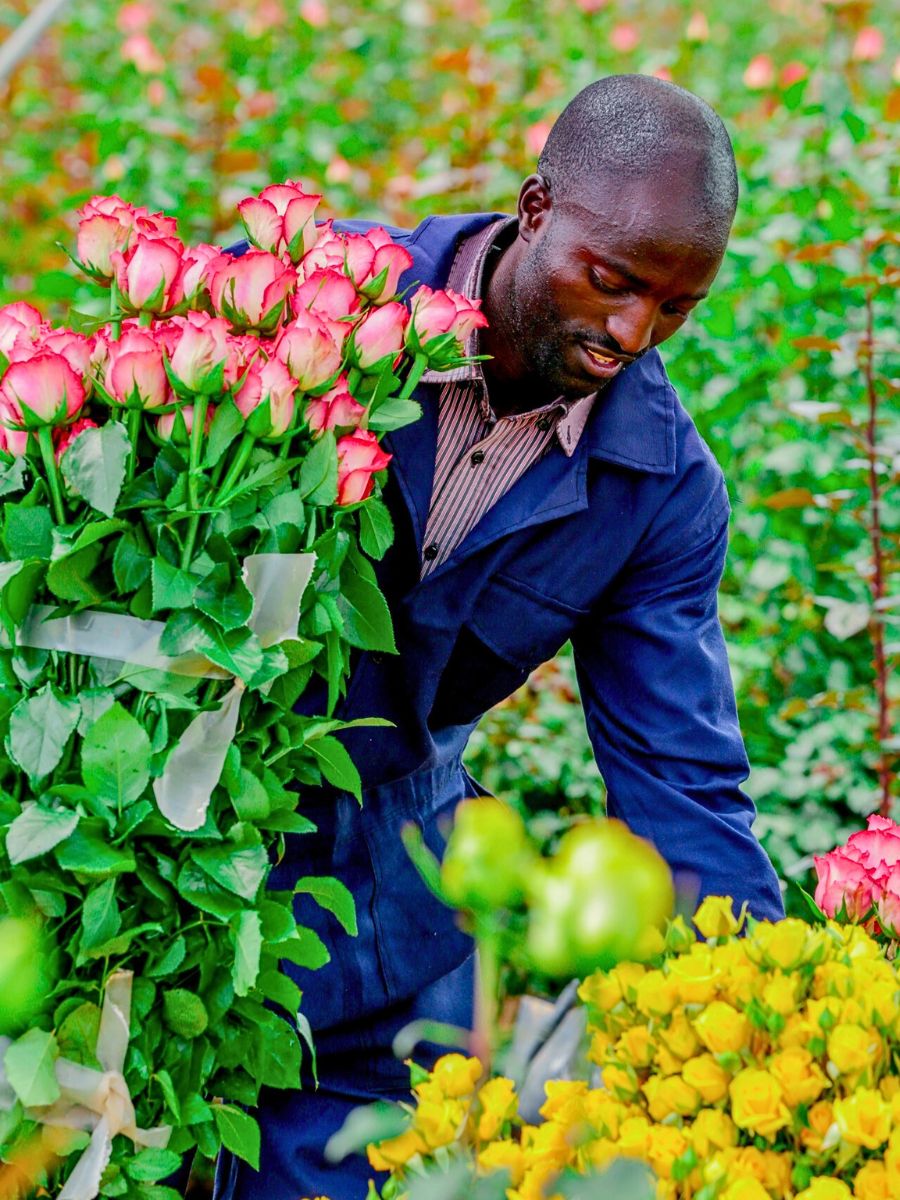
A balanced approach is, therefore, more viable across the entire supply chain; from growers to wholesalers to florists and consumers, to maximize the benefits in the floriculture industry. Essentially, collaboration across the supply chain is essential. Florists, wholesalers, and growers could, for instance, work together to promote sustainable sourcing—whether locally or globally—and educate consumers about the benefits. Governments can, on the other hand, also play a crucial role by incentivizing local production through subsidies or tax breaks while incorporating sustainable policies that focus on the environmental and social impacts of both local and international flower production. This could be helped by floriculture sustainability initiatives and frameworks that support the cause of sustainable flower production.
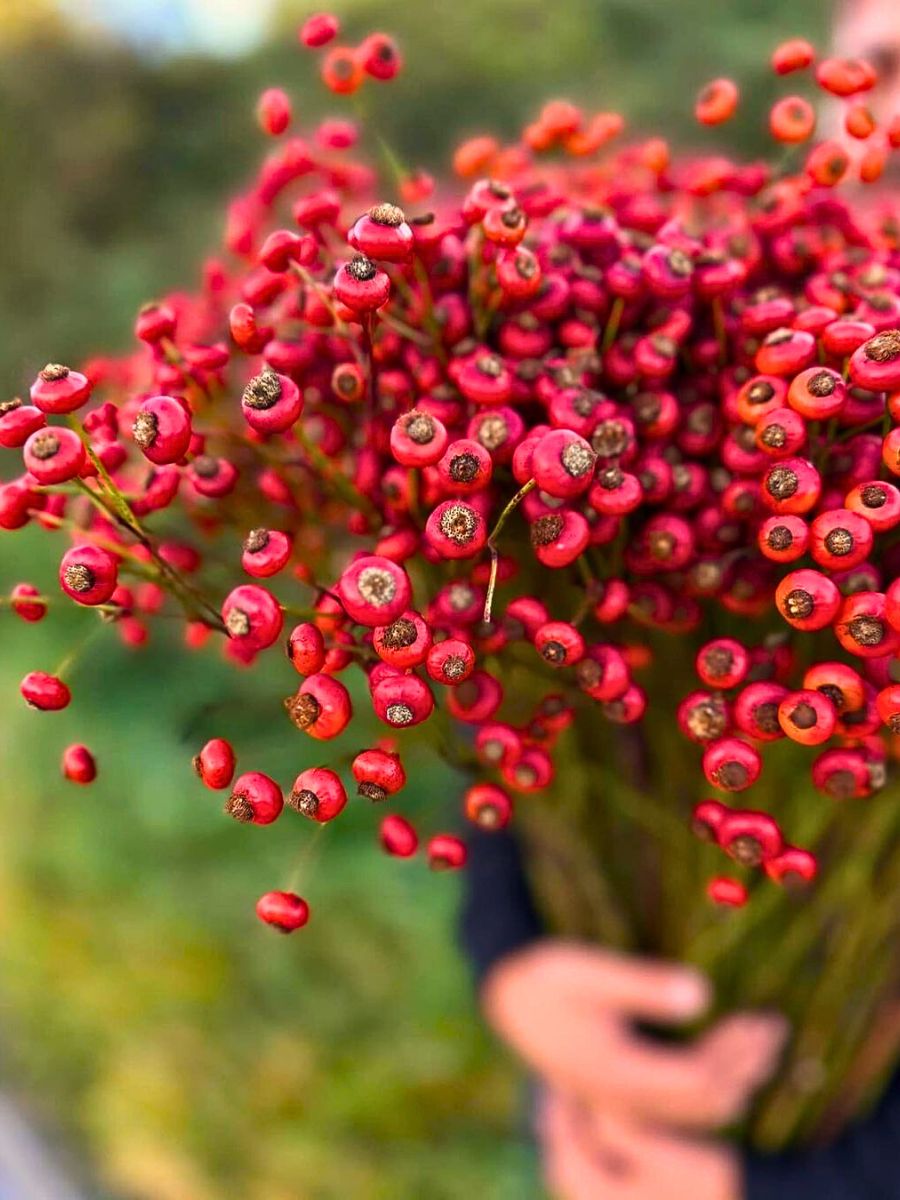
Noteworthy, balancing sustainability goals requires careful consideration beyond solely focusing on proximity alone. It requires the inclusion of broader ecological considerations altogether. To effectively integrate local sourcing into floriculture while addressing potential limitations, it all takes into account diversifying supply chains—combining local sources with sustainably certified domestic and international suppliers when necessary—in a balanced approach that combines the benefits of local sourcing with strategic use of sustainable certifications across the broader international supply chains.
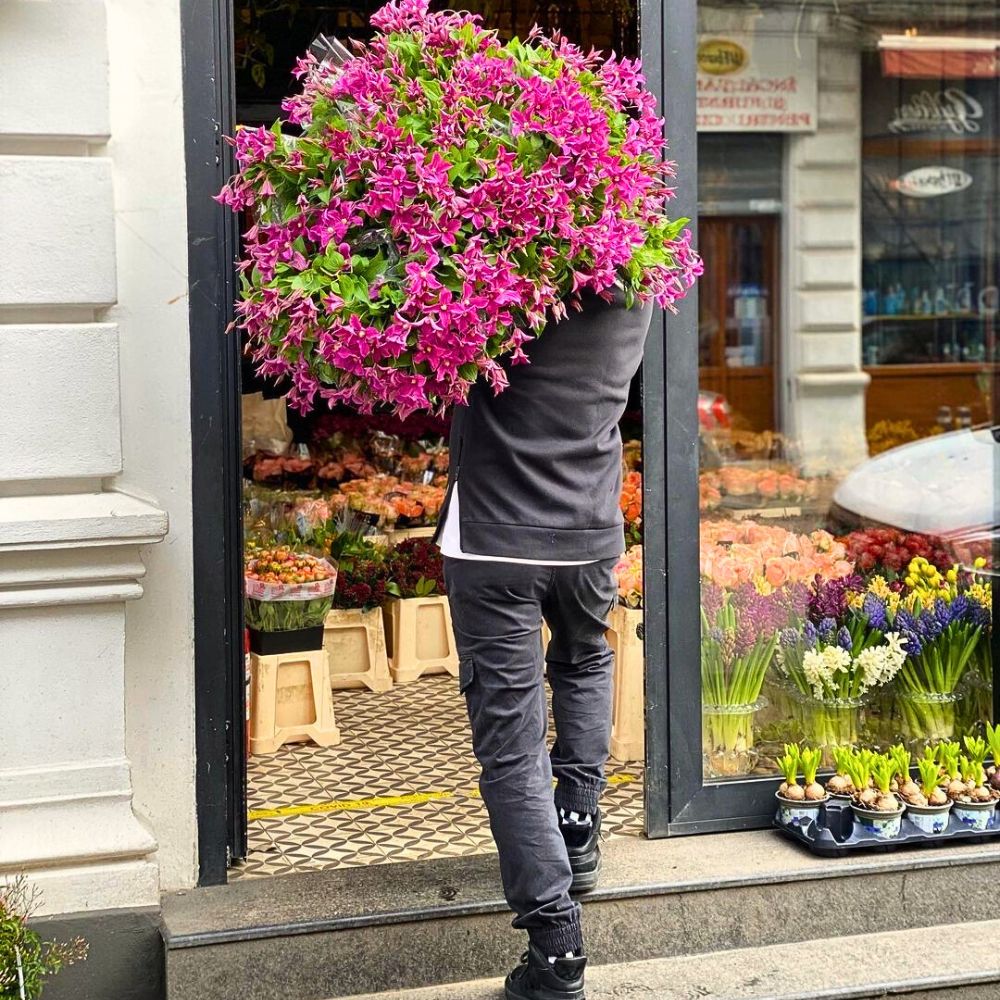
This guarantees that different players across the floriculture value chain enhance their environmental footprint while maintaining customer satisfaction. Such are some of the approaches to ultimately enhance the general sustainability outcomes, and achieve greater overall sustainability within the floriculture industry.
Feature image by @flowerfarmergirls, header image by Decorum.

